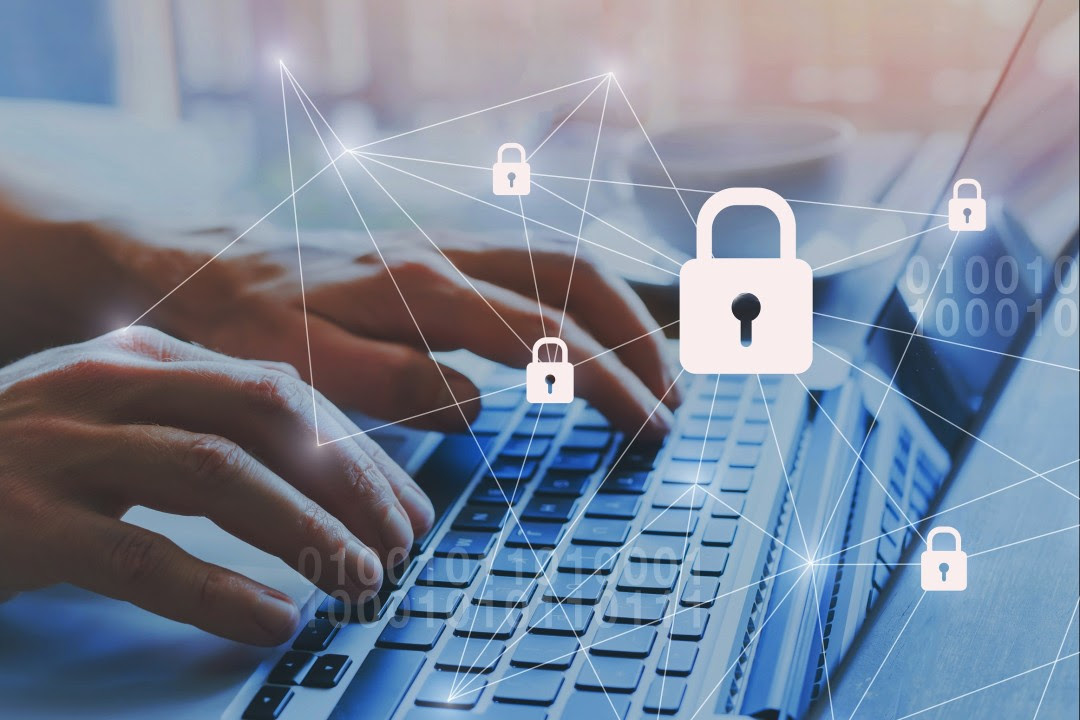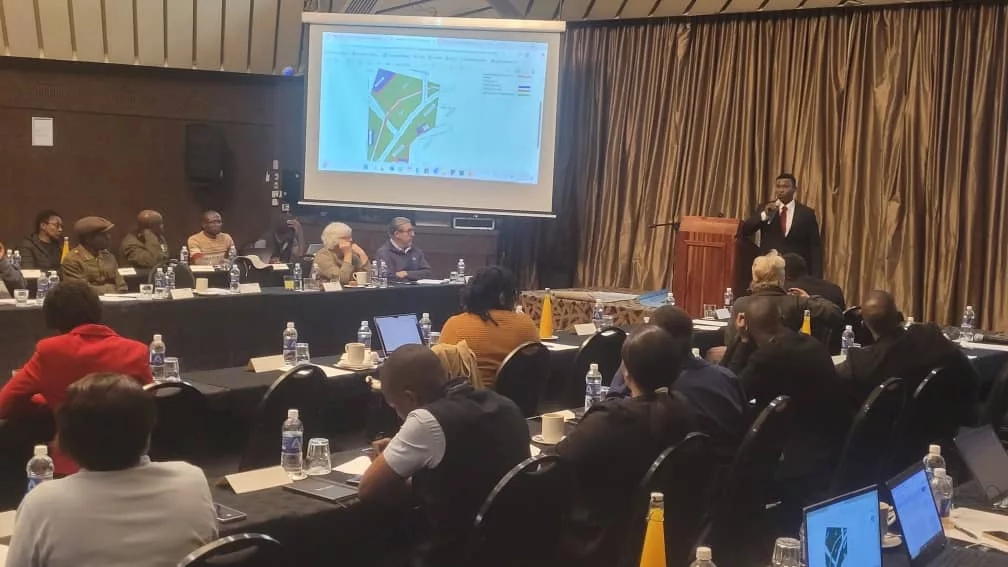Bernard Marr
Cyber threats like hacking, phishing, ransomware, and distributed denial-of-service (DDoS) attacks have the potential to cause enormous problems for organizations. Not only can companies suffer serious service disruption and reputational damage, but the loss of personal data can also result in huge fines from regulators.
Take British Airways as an example. In 2019, the airline was fined more than £183m by the UK’s Information Commissioner’s Office (ICO) after customer data was compromised in a cyber-attack. Customer details, including name, address, logins, and payment card, were harvested by hackers – affecting half a million customers in total. The fine, which amounts to around 1.5% of British Airways’ global 2018 turnover, was the first proposed by the ICO under the new General Data Protection Regulation (GDPR).
Cyberattacks like this are hitting the headlines with increasing frequency. But while a company the size of British Airways can, in theory, swallow such a huge fine and cope with the aftermath, for other businesses, the effects of a cyber-attack can be permanent and devastating. This is why all companies need to invest in cybersecurity and cyber resilience.
What’s the difference between the two?
In a nutshell, cybersecurity describes a company’s ability to protect against and avoid the increasing threat from cybercrime. Meanwhile, cyber resilience refers to a company’s ability to mitigate damage (damage to systems, processes, and reputation), and carry on once systems or data have been compromised. Cyber resilience covers adversarial threats (such as hackers and other malicious actors), as well as non-adversarial threats (for example, simple human error).
One way of thinking about the difference is that cyber resilience involves accepting the fact that no cybersecurity solution is perfect or capable of protecting against every possible form of cyber threat. This is why every company needs both aspects. The cybersecurity strategy is designed to minimize the risk of attacks getting through. But when they inevitably do, the cyber resilience strategy is there to minimize the impact.
What does all this mean in practice?
Practical cybersecurity steps are perhaps more immediately obvious than those for cyber resilience. At the very least, cybersecurity involves ensuring:
· All your devices are running the most up-to-date firmware
· That firewalls, VPNs, and antivirus/malware protection is running and up-to-date
· That all software and tools are fixed with the latest patches
· That employees at all levels of the business are educated on the potential threats and how their actions help to defend the organization
Cyber resilience steps will vary from business to business, but a good starting point is to work out where cyber events and incidents could have the most damaging effects on the business. Drawing up a list of where your operations are reliant on technology, as well as where sensitive and valuable data is stored and used, will help you to gain an overall understanding of how continuity of service could be affected. This is where the concept of a “digital twin” can play an important role in cyber resilience. A digital, simulated model of your organization or its processes can help you understand the impact on overall output and efficiency.
Having gained an understanding of how core functions could be affected, cyber resilience involves putting in place measures to mitigate the damage as best as possible in the event of an attack. For example, you might develop offline emergency processes to keep essential functions such as customer service, quality assurance, finance, and security running as well as possible until the breach can be fixed.
In addition, you’ll need a solid cyber incident response plan to clarify:
· What needs to be done in the event of a failure or breach
· Who is responsible for taking those steps
· How to communicate the incident to stakeholders (customer services will have a core role to play here)
· How failures should be reported to regulators (which may be a regulatory requirement in your jurisdiction)
· How to assess and report the impact of resilience measures
· How to get back to normal operations as quickly as possible
· How to recover data, if data has been lost or accidentally erased (cyber resilience promotes the idea that it’s impossible to certify that any piece of data is totally “safe,” even if the data is backed up, and therefore steps should be in place to recover it when it is lost)
To help put this plan into action in the event of an incident, many organizations find it helps to create a response team, with representatives from every business department who are responsible for declaring a “state of emergency” and coordinating first responses.
Technology brings incredible new opportunities and business advantages, but it also brings unprecedented new threats. Cybersecurity and resilience both require an investment in time, resources, and education, but that investment will be repaid many times over once you’ve withstood your first cyber-attack.
Cybersecurity and resilience are included in the 25 technology trends that I believe will transform our society. Read more about these key trends – including plenty of real-world examples – in my new book, Tech Trends in Practice: The 25 Technologies That Are Driving The 4th Industrial Revolution.
About Bernard Marr
Bernard Marr is an internationally best-selling author, popular keynote speaker, futurist, and a strategic business & technology advisor to governments and companies. He helps organisations improve their business performance, use data more intelligently, and understand the implications of new technologies such as artificial intelligence, big data, blockchains, and the Internet of Things.
LinkedIn has ranked Bernard as one of the world’s top 5 business influencers. He is a frequent contributor to the World Economic Forum and writes a regular column for Forbes. Every day Bernard actively engages his 1.5 million social media followers and shares content that reaches millions of readers.






